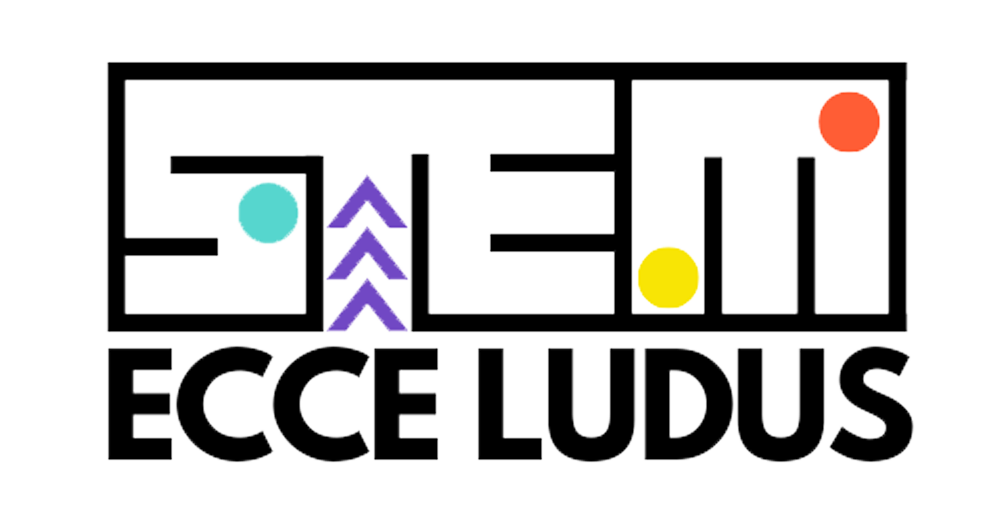Module 5 explores the powerful role that technology plays in transforming STEAM education—an approach that integrates Science, Technology, Engineering, Arts, and Mathematics into a unified, applied learning experience. By guiding educators in the thoughtful use of digital tools, this module shows how technology can make lessons more engaging, accessible, and effective for all learners.
One of the most valuable benefits of this module is that it helps teachers understand how technology bridges the gap between theory and practice. When digital tools are woven into lesson plans, they can turn abstract ideas into tangible experiences. For students, this means that complex concepts—whether in physics, coding, design, or environmental science—become easier to grasp because they can be explored interactively, often in real time.
Educators learning from Module 5 also gain an understanding of the wide variety of tools available for enriching STEAM lessons. From coding platforms like Scratch that encourage logical thinking and creativity, to 3D design software like Tinkercad that allows for hands-on engineering projects, these resources give students the chance to create, test, and refine their own ideas. Interactive platforms such as Kahoot! and Quizlet add a game-based element to learning, boosting motivation while providing instant feedback that helps both students and teachers track progress.
A particularly exciting aspect covered in this module is the use of Virtual and Augmented Reality (VR and AR) in STEAM. These immersive technologies allow students to step into a virtual lab, explore 3D models, or visualise scientific phenomena that would otherwise be difficult—or impossible—to experience in a traditional classroom. Such experiences not only enhance understanding but also foster curiosity and a deeper emotional connection to the subject matter.
Beyond introducing tools, Module 5 offers practical guidance on integrating technology meaningfully into lesson plans. It emphasises that effective use of educational technology is not about using the latest gadgets for their own sake, but about carefully selecting and applying tools that enhance learning outcomes. Educators are encouraged to design projects where digital resources are an integral part of the learning process, such as incorporating 3D modelling into engineering challenges or using interactive mapping software for geography-based investigations.
The module also acknowledges that there are challenges to implementing technology in the classroom, including limited resources, differing skill levels among teachers, and varying access to devices. However, it provides realistic solutions, such as making use of free online tools, participating in professional development workshops, and collaborating with peers to share expertise and best practices.
By engaging with Module 5, educators not only build their confidence in using technology but also open the door for students to gain 21st-century skills such as digital literacy, problem-solving, creativity, and collaboration. Ultimately, this module empowers teachers to create a classroom environment where technology and education work hand in hand—preparing students to thrive in a future where these two worlds are inseparably linked.





